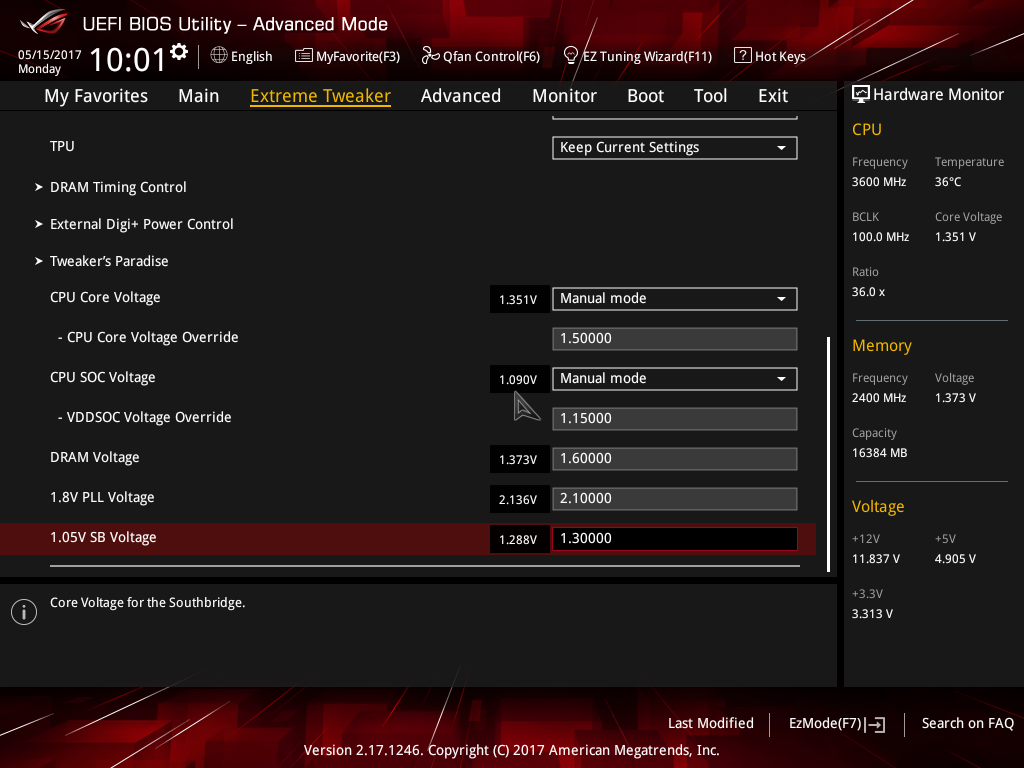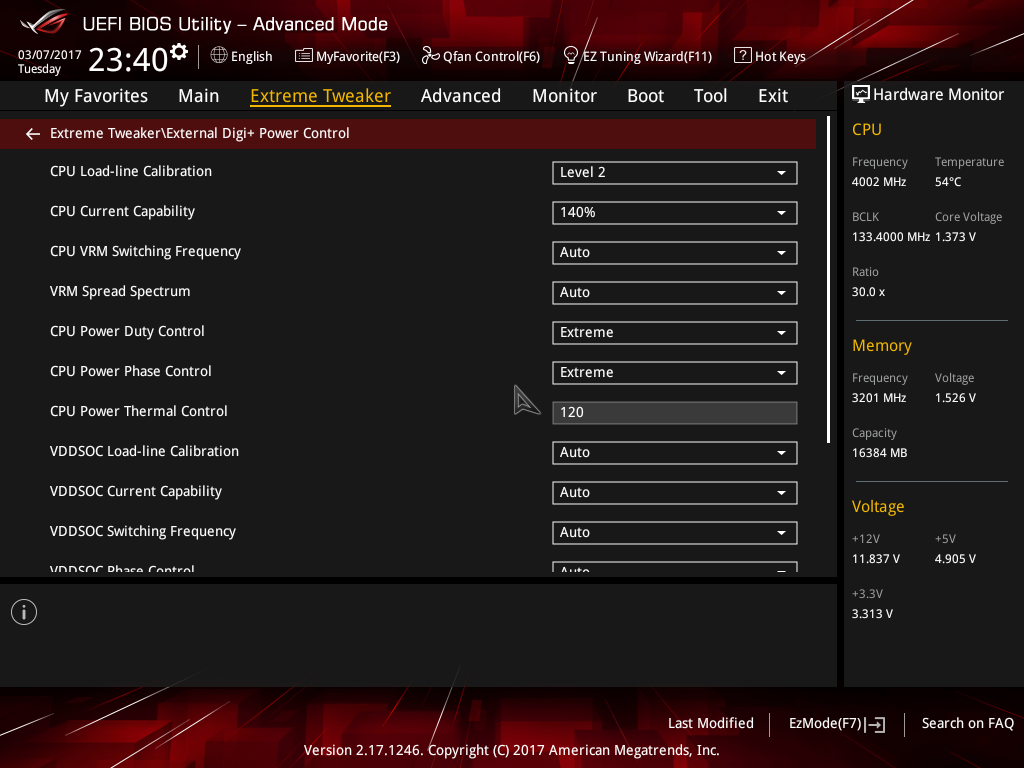Extreme Overclocking: 10 Ryzen CPUs Under LN2
BIOS Settings
New BIOS features allowing the adjustment of RAM timings, which were previously greyed-out, became available during our testing. Unfortunately, those updates started rolling out too late. Given that there is only one BIOS chip on our test platform, and that we had already generated quite a bit of data beforehand, we decided to continue with BIOS version 0083 in order to maintain our methodology.
While some overclockers saw improvements from BIOS version 1201, this wasn't the case for everyone. Memory controller quality played a big role, too.
We already explained the BIOS settings in our previous guide, so we won't dive back into the details. Here's what the voltages we used look like, though:
- CPU Core Voltage: Set to 1.5V on our sample. It can be raised to 1.8 or even 1.9V without worry when the cooling pot is at -196°C. During our first tests, we started at 1.5V in the BIOS and then stepped higher through the operating system. After a while, we determined it was safe enough to simply start off with the desired value.
- VDDSOC: As with air cooling, avoid setting this any higher than 1.25V. For example, you can set VDDSOC to 1.2V, find the maximum stable frequency for your RAM, and then try to lower the setting to 1.18 or 1.15V. In short, seek the minimum value necessary.
- DRAM: For our memory sticks, 1.6V was sufficient for 3200 MT/s at 12-12-12 timings. The most important variable is the quality of processor's memory controller, but aside from switching processors, there is no silver bullet!
- 1.8V PLL: We didn't see any gains when increasing the PLL voltage. The LN2 mode jumper adjusts this to 2.1V, but you can leave it at 1.8V without risking any problems.
- 1.05V SB: 1.3V does not seem to pose a problem; however, we didn't realize any performance gains by increasing this parameter.
The Case For LLC
In the “External Digi+ Power Control” sub-menu, you find the CPU Load-line Calibration option. We tried multiple modes available on Asus' Crosshair VI Hero and recorded their voltages with a multimeter. With a voltage setting of 1.8V in our BIOS, we observed the following values under load:
- LLC 2: 1.78V
- LLC 3: 1.83V
- LLC 4: 1.85V
During our test under air cooling, we were surprised to see that even the lowest level of LLC was already too high. With LN2 and higher voltages in play, Level 1 and 2 are no longer sufficient, though. But also be careful not to overdo it, since Level 4 and 5 were too severe. Therefore, we recommend LLC 3 for voltages near 1.8V.
MORE: Best CPUs
MORE: How To Overclock AMD Ryzen CPUs
Get Tom's Hardware's best news and in-depth reviews, straight to your inbox.
MORE: De-Lidding and Overclocking Core i7-7700K
MORE: CPU Overclocking Guide: How (and Why) to Tweak Your Processor
Current page: BIOS Settings
Prev Page Lapping The CPU Next Page AM4_PCRATIO: A Frequency For Each Core!
